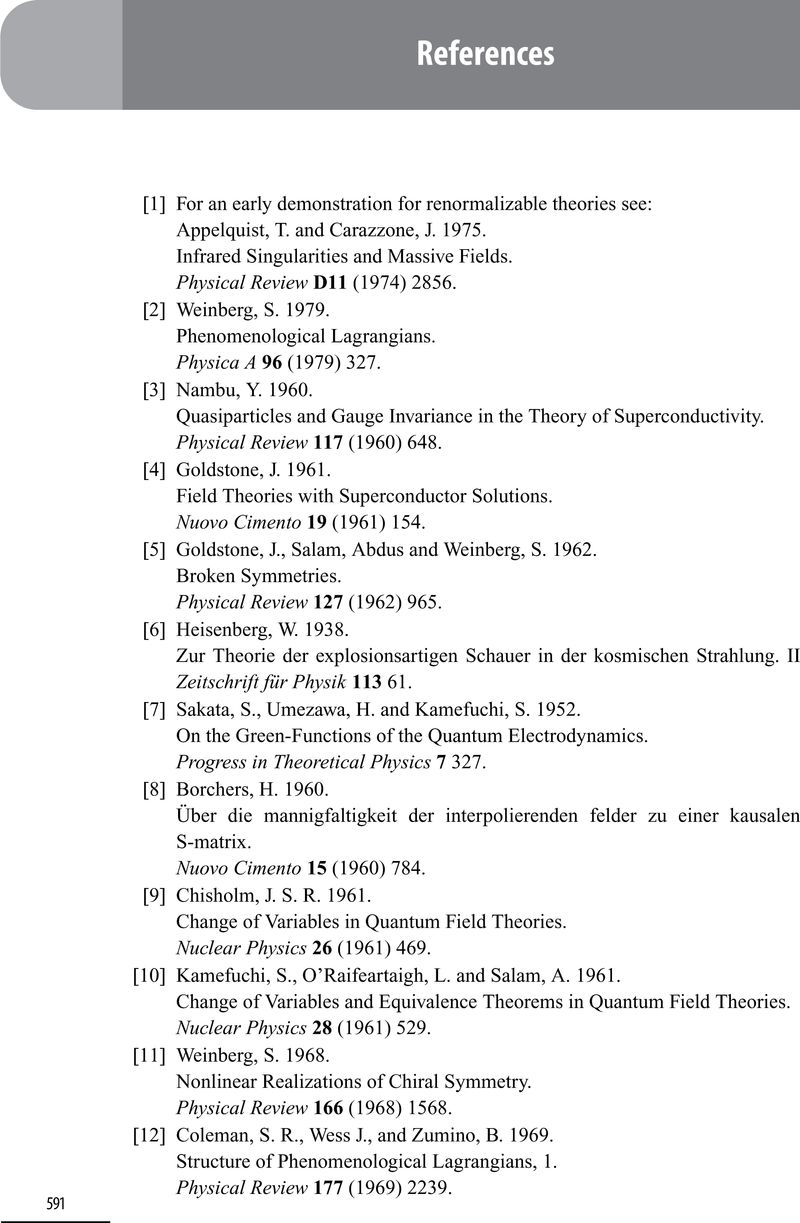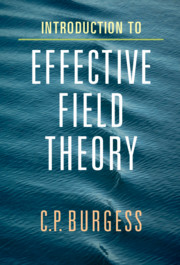Book contents
- Frontmatter
- Contents
- List of Illustrations
- List of Tables
- Preface
- Acknowledgements
- Part I Theoretical Framework
- Part II Relativistic Applications
- Part III Nonrelativistic Applications
- Part IV Many-Body Applications
- Appendix A Conventions and Units
- Appendix B Momentum Eigenstates and Scattering
- Appendix C Quantum Field Theory: A Cartoon
- Appendix D Further Reading
- References
- Index
- References
References
Published online by Cambridge University Press: 04 December 2020
- Frontmatter
- Contents
- List of Illustrations
- List of Tables
- Preface
- Acknowledgements
- Part I Theoretical Framework
- Part II Relativistic Applications
- Part III Nonrelativistic Applications
- Part IV Many-Body Applications
- Appendix A Conventions and Units
- Appendix B Momentum Eigenstates and Scattering
- Appendix C Quantum Field Theory: A Cartoon
- Appendix D Further Reading
- References
- Index
- References
Summary

- Type
- Chapter
- Information
- Introduction to Effective Field Theory , pp. 591 - 635Publisher: Cambridge University PressPrint publication year: 2020



